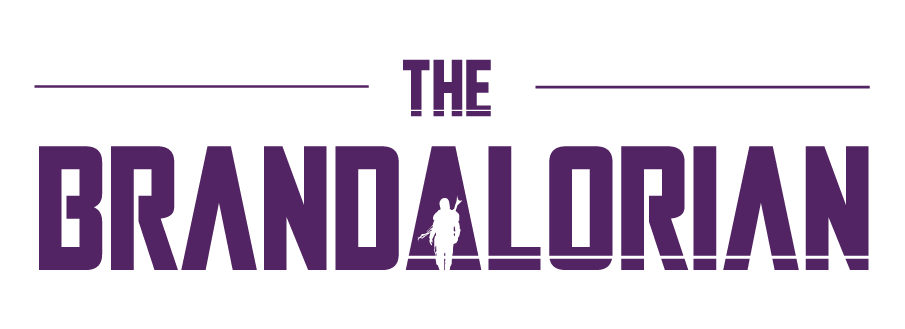Engagement and participation are two key words that every facilitator, event organiser and meeting professional aims for when designing meetings, training sessions, or conferences. Room setup plays a significant role in making engagement happen.
Room setup is the seating arrangement of participants: the placement by which they receive content and interact with one another. It is a critical aspect of every event because the atmosphere the physical space creates will impact the experience in both obvious and subtle ways.
As an event begins, there’s always an invisible barrier between a speaker and their audience. In fact, there is also a psychological barrier among participants, especially when they do not know each other well.
Thoughtful conference setup can minimise these invisible, social barriers to encourage engagement and participation. Different arrangements enable variety both in learning and involvement whether the purpose is for meetings, in-person or video conferences, trainings and presentations, or workshops and interactive learning events.
In this article, we will discuss different meeting room setups and their efficacy and drawbacks to help you choose which is the right one for your meeting, workshop or conference. We will cover:
- Why room layout is important
- What is the best room setup for workshops?
- What to keep in mind when choosing locations
- An in-depth look into meeting room options
- What is the best room setup for your conference, event or meeting?
- How to get your meeting room style properly implemented
- Facilitating in unconventional locations: what can you do?
Why Room Layout is Important
Deciding where to host an event, conference or workshop is an essential step in its planning and design. Room layout and other conditions determined by the location will influence some of your event choices. Let’s review some of the main reasons why room setup is important for event design:
For Practical Reasons
– Accessibility: Consider whether your participants require accessible spaces, and how they will reach the space (e.g., steps, elevators). The Youth Disability Advocacy Services has a great infographic you can refer to for more insight on inclusive spaces.
– Activity Feasibility: Location arrangements will determine what activities you can and cannot lead. Moving around to do Impromptu Networking, a favourite Liberating Structures method to start an event, may be impossible in an auditorium.
– Break Timing: Timing of breaks will also change based on the location. If participants need to go around the building, down a flight of stairs and across a corridor to reach a cafeteria or toilet, you cannot expect a quick break to last five minutes.
For Psychological Reasons
– Participant Expectations: The type of room setup will immediately communicate to participants what is expected of them in terms of more or less active participation.
– Breaking Habits: A surprising room arrangement is a powerful way of shaking people out of consolidated habits and opening their minds to new experiences, ideas and opportunities.
– Theme Echo: A room setup that echoes the topics of the day is a guaranteed way of making your day memorable. Hosting a conference on water management by the banks of a river, a future scenarios workshop on a theatre stage or an open space day dedicated to the future of work inside an abandoned factory are all true-life examples of exceptional settings for memorable events.
What is the Best Room Setup for Workshops?
Workshops typically involve hands-on activities, facilitation techniques, group discussions, simulations, and collaborative exercises, which allow participants to explore, ideate, and participate in achieving their desired outcomes.
Because of their highly participatory nature, workshops deserve extra attention when organising seating and setting up the space.
Here are some of the things a workshop leader will pay special attention to when it comes to room setup:
– Seating Flexibility: Will the seating arrangement need to be changed during the session? If yes, avoid using a place where tables are fixed to the ground.
– Workspace Needs: Will participants need to use laptops, or have note-taking/sketching space?
– Visual Accessibility: What type of visuals do you plan to use? Slides? Flipcharts? Video conferencing? Ensure all participants have an unobstructed view so they don’t need to twist and turn.
– Group Activity Space: Where will participants go for small-group activities? Ideally, it should be possible for everyone to work comfortably without going so far that they can no longer see or hear the facilitators.
– Acoustics: Many conference spaces are not designed to accommodate many participants talking at the same time. This is even more true for hybrid workshops, where interaction between online and in-person participants is expected.
– Wall Usability: Is it okay to hang posters on the walls? Check that the masking tape you’ll be using doesn’t ruin the plaster, nor your markers leave blue and red splotches on the walls if someone decides to write directly on a poster rather than on the sticky notes.
Facilitators typically ask for access to a workshop space at least one hour before the start time. What will participants see when they walk into the room?
Overall, you are looking for a clean and welcoming space, with materials ready to use as well as for a surprise effect that will jostle people out of their daily routine (putting chairs in a semi-circle or around working tables is usually all that is needed to achieve this).
As the workshop progresses, don’t forget to keep the space clean of any clutter and re-arrange materials as needed.
Particularly for workshops that last more than one day, it is very satisfying to see walls fill up with posters, canvases, and other artefacts created by participants. This gives everyone a feeling of progress and achievement and can do wonders to anchor learning through visual memory.
What to Keep in Mind When Choosing Locations
Choosing the right location for your event is just as important as the room setup. Here are a few tips to consider:
– Accessibility: Ensure the location is accessible for all participants, considering mobility needs and transport options.
– Space Flexibility: Choose a venue that allows for flexible setups to accommodate different activities and group sizes.
– Technology: Verify that the location is equipped with the necessary technology for presentations, video conferencing, and other multimedia needs.
– Ambience: The venue should complement the theme of your event and create the right atmosphere for engagement and learning.
Meeting Room Options
Different room setups have different benefits and drawbacks. Here’s a look at some common options:
– Theatre Style: Good for presentations to large groups but limits interaction.
– Classroom Style: Suitable for note-taking and longer sessions but can feel rigid.
– Boardroom Style: Encourages discussion but is best for smaller groups.
– U-Shape Style: Promotes interaction and visibility but requires more space.
– Cabaret Style: Ideal for small group discussions and workshops but may limit large group cohesion.
– Circle or Semi-Circle Style: Fosters equality and open discussion but can be less formal.
Getting Your Room Style Implemented Properly
To ensure your chosen room setup is implemented correctly, consider the following steps:
– Detailed Planning: Communicate your requirements clearly to the venue staff well in advance.
– Site Visit: If possible, visit the venue beforehand to ensure it meets your needs.
– Setup Time: Allow enough time for setup before participants arrive.
– Test Run: Test all equipment and arrangements to avoid any last-minute issues.
– Flexibility: Be prepared to make adjustments on the day to optimise the space based on participant feedback and dynamics.
Facilitating in Unconventional Locations: What Can You Do?
Sometimes, you may need to facilitate events in unconventional or less-than-ideal locations. Here’s how to handle such situations:
– Adaptability: Be flexible and ready to adapt your facilitation techniques to the space available.
– Creative Use of Space: Make the most of the environment – use natural surroundings or unique features of the location to enhance the experience.
– Portable Equipment: Bring portable equipment like whiteboards, flip charts, and projectors if the venue lacks these amenities.
– Clear Communication: Clearly communicate any challenges and adjustments to participants so they know what to expect.
Room setup is a crucial element in maximising engagement and participation in any event. By carefully considering the practical and psychological aspects of room layout, choosing the right setup for your workshop, and being prepared to adapt to different locations, you can create an environment that fosters collaboration, creativity, and effective learning.
Remember, the goal is to minimise barriers and create a space where everyone feels comfortable and motivated to participate. With thoughtful planning and execution, your event will be a success.


